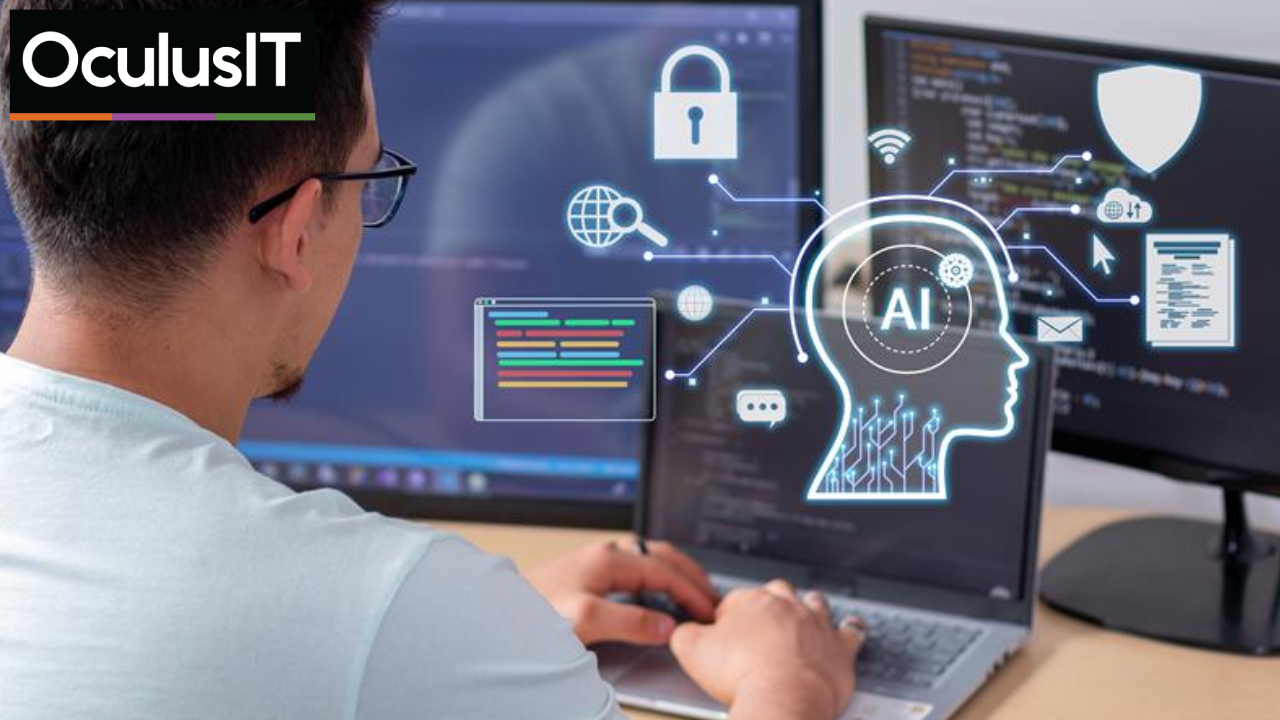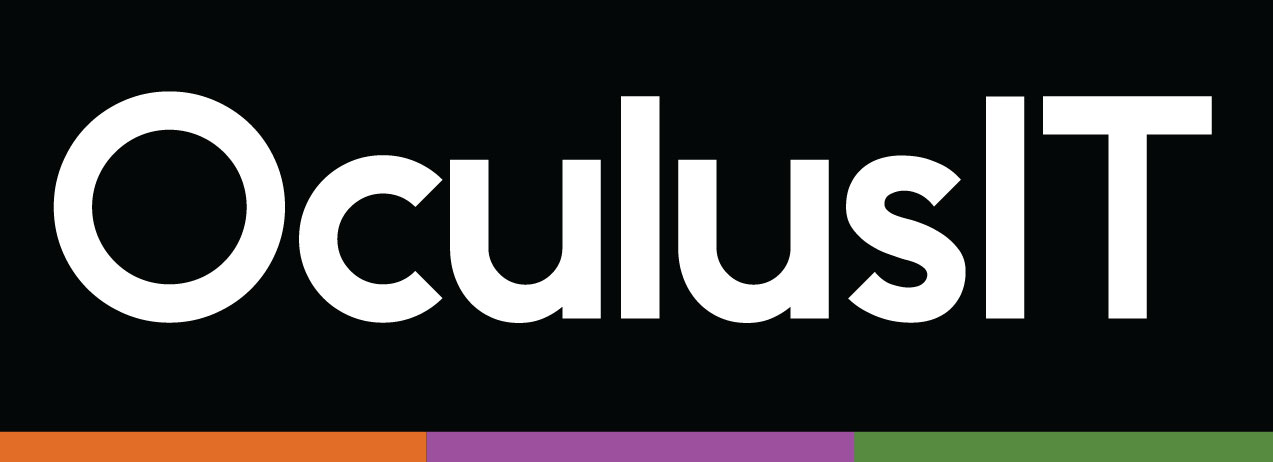
How AI Is Transforming Cybersecurity in Higher Education: Emerging Trends & Challenges
April 14th, 2025
As cyber threats grow more complex, higher education institutions are facing a critical need to modernize their cybersecurity strategies. Universities today operate vast digital environments filled with sensitive student, faculty, and research data, making them a high-value target for attackers. With limited security resources and increasing regulatory pressure, many institutions are turning to Artificial Intelligence (AI) to help close the gap.
AI is becoming a foundational component of how colleges detect, respond to, and prevent cyberattacks. From real-time threat detection to improved data governance and compliance, AI is helping higher ed take a proactive stance on cybersecurity.
AI-Powered Threat Detection: Faster, Smarter Defense
Traditional security systems often rely on known threat signatures or manual monitoring approaches that struggle to keep up with today’s rapidly evolving attacks. AI changes this dynamic by enabling institutions to:
- Detect anomalies in real time: AI learns what normal looks like across campus networks and flags unusual behavior that may indicate a breach.
- Filter out false positives: Machine learning can reduce noise from routine activity, allowing security teams to focus on genuine threats.
- Accelerate response times: Automated systems can initiate containment steps immediately when suspicious activity is identified.
These capabilities are especially valuable for understaffed IT teams that can’t afford to miss or delay incident responses. With AI working in the background, security operations become more agile and resilient.
Strengthening Student Data Privacy
Student data is one of higher education’s most sensitive and valuable assets. AI can support privacy initiatives by offering more control and visibility over how data is used and accessed.
Here’s how AI is helping institutions protect personal information:
- Automated data classification: AI can identify sensitive data across systems and apply appropriate protection protocols.
- Access monitoring: Intelligent systems can track who is accessing student records, when, and from where to help spot unusual activity.
- Policy enforcement: AI can help enforce compliance with privacy standards and flagging violations, and alerting administrators in real time.
The key is not just protecting data but doing so in a way that aligns with both institutional policies and student expectations. As students become more aware of how their information is used, trust and transparency are increasingly essential.
Enabling Zero Trust Architecture
The days are gone when securing the campus perimeter was enough. With the rise of cloud applications, personal devices, and remote learning, higher education networks are more distributed than ever. That’s why many institutions are embracing Zero Trust, a model that assumes no user or system is trustworthy by default.
AI is a crucial enabler of this approach, providing the intelligence needed to continuously assess trust and enforce access controls. Some ways this works include:
- Continuous authentication: AI can verify user identity dynamically based on behavior, location, and device health.
- Micro-segmentation: Network traffic is compartmentalized, and AI monitors movement between systems to prevent lateral threats.
- Real-time risk scoring: Each access request can be evaluated in real time to determine whether it’s appropriate, based on context.
Zero Trust is not a single tool, it’s a mindset shift supported by AI’s ability to make security adaptive and data driven.
Managing Compliance and Cyber Risk More Efficiently
Higher ed institutions are under growing pressure to meet regulatory requirements, AI can streamline compliance efforts and strengthen risk management through:
- Automated audits and reporting: AI helps track and document security controls, making it easier to demonstrate compliance.
- Continuous monitoring: Instead of annual check-ins, institutions can use AI to monitor systems for policy violations and vulnerabilities 24/7.
- Predictive risk assessments: AI can analyze system configurations and usage patterns to identify areas of high risk before they lead to incidents.
Smarter Cybersecurity Training and Awareness
Even the most advanced tools can’t protect an institution if end users fall victim to phishing or mishandle sensitive data. That’s why training remains a cornerstone of campus security. AI is helping make these programs more effective by:
- Customizing content by role: Faculty, students, and administrators all face different risks, AI can tailor training accordingly.
- Simulating real-world scenarios: Generative AI can create realistic phishing emails and attack simulations to test user readiness.
- Ongoing microlearning: Chatbots and personalized reminders can keep cybersecurity top of mind without overwhelming users.
Rather than relying on a once-a-year training video, institutions are creating continuous, AI-supported learning environments that evolve as threats change.
Final Thoughts
AI is no longer a futuristic concept in higher education cybersecurity, it’s here, and it’s reshaping how institutions defend their data, support compliance, and foster a culture of security. By adopting AI tools thoughtfully, colleges and universities can address their most urgent cyber challenges with speed and precision.
For IT leaders, the focus should be on outcomes: better protection, stronger compliance, and improved trust across the campus community.
Ready to Strengthen Your Cybersecurity Posture?
At OculusIT, we specialize in helping higher education institutions build smarter, more secure environments. Our Virtual CISO services provide strategic cybersecurity leadership tailored to your campus needs, while our SOC services deliver 24×7 monitoring powered by cutting-edge threat detection technologies. Contact us today to learn more.
Recent Articles




What Happens When Students Bring Malware to Campus?
March 24th, 2025

Opportunities and Challenges for Higher Ed’s Tech Leaders
March 17th, 2025

How can Higher Ed Institutions Effectively Evaluate HECVAT?
March 10th, 2025




